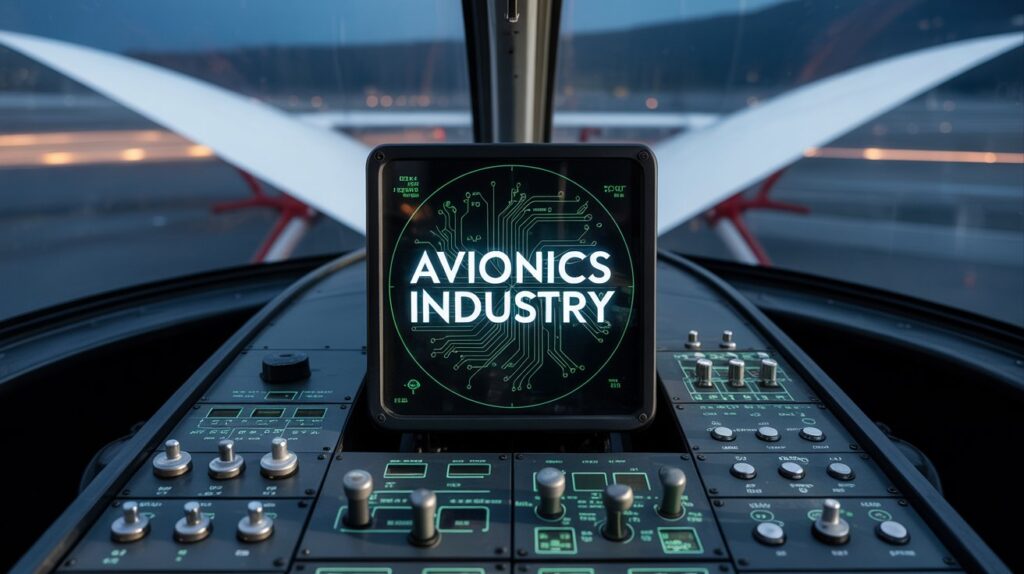As the global avionics market surges toward USD 82.33 billion by 2030, artificial intelligence (AI) has emerged as a critical driver of innovation, shaping the future of flight. AI isn’t just an enhancement — it’s a revolution in how avionics systems think, predict, and respond.

Today’s aircraft must handle more data, adapt to unpredictable environments, and support increasingly autonomous operations. AI addresses these needs by enabling real-time situational awareness, automated decision-making, and adaptive control systems across both commercial and defense aviation.
Download PDF Brochure @
https://www.marketsandmarkets.com/pdfdownloadNew.asp?id=138098845
AI-Driven Flight Systems: Smarter, Safer, More Efficient
AI is deeply embedded in the latest avionics platforms, powering:
- Intelligent autopilot and flight planning systems that adjust dynamically to weather, traffic, and mission parameters
- Real-time diagnostics and anomaly detection that predict system failures before they occur
- Pilot assistance systems that reduce workload and enhance human-machine interaction through voice and gesture recognition
- Automated threat detection for military aircraft, using AI to fuse sensor data and respond faster than a human ever could
By reducing human error and optimizing performance, AI is playing a pivotal role in the shift toward pilotless flight and next-generation air mobility platforms.
Driving Value in Special Mission and Defense Aviation
In defense and special mission aviation, AI-enabled avionics offer a game-changing advantage. From multi-domain situational awareness to automated electronic warfare, AI systems allow aircraft to operate more independently, with greater precision and responsiveness. These capabilities are crucial for ISR missions, search and rescue, and rapid response operations where milliseconds matter.
The Ecosystem Advantage: AI, Data, and Connectivity
AI thrives in a connected ecosystem. Integrated with data analytics, edge computing, and satellite communication, avionics systems can share and process data across aircraft and ground networks in real time. This enables capabilities like:
- Fleet-wide predictive maintenance
- Collaborative autonomous flight (swarm operations)
- AI-powered air traffic deconfliction
- Energy-efficient routing and fuel optimization
Global Leaders Accelerating AI Adoption
Leading firms such as Honeywell, RTX, L3Harris Technologies, Garmin, and Thales are embedding AI into everything from cockpit displays to onboard health monitoring systems. Their investments in AI research and aviation-specific algorithms are helping to set new industry benchmarks for automation, safety, and mission readiness.
Ask for Sample Report @
https://www.marketsandmarkets.com/requestsampleNew.asp?id=138098845
As AI continues to evolve, the avionics industry stands at the intersection of innovation and necessity. AI is no longer just a future capability — it’s an operational requirement. The race to smarter, more autonomous flight is on, and AI is the engine propelling the avionics market into a new era of aviation intelligence.
